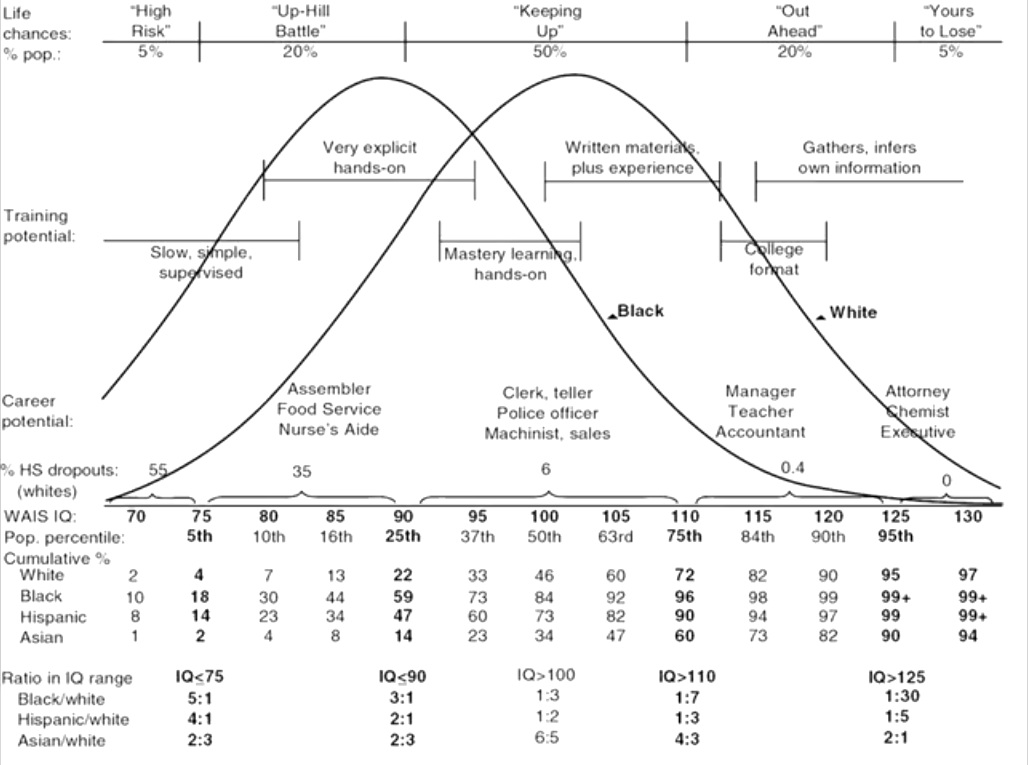When it comes to trust distributions, the 65-day rule is a crucial concept to understand. This rule plays a significant role in determining how income is distributed from a trust and can have important implications for both trustees and beneficiaries. Let’s dive in and explore what exactly the 65-day rule entails and why it is important to consider in trust administration.
Understanding the Purpose of the 65-Day Rule for Trust Distributions
Many trustees and beneficiaries of trusts may be unfamiliar with the concept of the 65-day rule for trust distributions. This rule allows trustees to make distributions within 65 days of the end of the trust’s tax year to be treated as having been made in the previous tax year. Understanding this rule is crucial for maximizing tax efficiency and flexibility in trust management.
By taking advantage of the 65-day rule, trustees can strategically plan distributions to minimize tax liabilities for both the trust and its beneficiaries. This rule provides an opportunity to shift income between tax years, potentially reducing overall tax burdens. Trust distributions made within this timeframe can help align the trust’s financial goals with tax planning strategies, ensuring that the trust operates efficiently and effectively.
Implications of Utilizing the 65-Day Rule for Trust Distributions
The 65-day rule for trust distributions is an important tool utilized by trustees to optimize tax savings and flexibility in managing trust assets. By making distributions within 65 days of the end of the tax year, trustees can allocate income and deductions to beneficiaries, potentially reducing the overall tax burden on the trust. This rule allows trustees to make strategic decisions about when and how to distribute trust income, based on the individual tax situations of beneficiaries.
One key implication of utilizing the 65-day rule is the ability to smooth out uneven income distributions. Trustees can use this rule to balance out income spikes or losses throughout the year, ensuring that beneficiaries receive a consistent stream of income. Additionally, this rule can be particularly beneficial for trusts with multiple beneficiaries who may have different tax brackets or financial needs. By taking advantage of the flexibility offered by the 65-day rule, trustees can effectively manage trust distributions in a tax-efficient manner.
Factors to Consider Before Making Use of the 65-Day Rule
Before deciding to make use of the 65-day rule for trust distributions, there are several important factors to consider. These factors can impact the effectiveness and benefits of utilizing this rule. It’s crucial to carefully evaluate each of these considerations to ensure that the trust distribution is done in the most advantageous way possible.
Some key include:
- Tax Implications: Understanding the tax implications of utilizing this rule is essential. It’s important to assess how it will affect the trust’s overall tax liability and whether it will result in any tax savings.
- Income Needs: Consideration should be given to the income needs of the trust beneficiaries. Ensure that the distribution aligns with their financial requirements and objectives.
- Investment Strategy: Evaluate the trust’s investment strategy and how the distribution will impact the portfolio. Consider whether the timing and amount of the distribution align with the trust’s long-term financial goals.
Maximizing Benefits Through Strategic Implementation of the 65-Day Rule
The strategic implementation of the 65-day rule can greatly benefit trust distributions by allowing trustees to optimize tax planning and maximize the benefits for beneficiaries. By understanding the intricacies of this rule and how it can be leveraged effectively, trustees can ensure that trust assets are distributed in a tax-efficient manner while also meeting the needs and goals of the trust.
One key advantage of utilizing the 65-day rule is the flexibility it offers in terms of tax planning. By carefully timing distributions within the allowable window, trustees can take advantage of lower tax rates for beneficiaries or potentially reduce the overall tax burden on trust assets. This can lead to greater overall wealth preservation and growth for the trust beneficiaries, ultimately fulfilling the long-term goals of the trust.
In conclusion, understanding the 65-day rule for trust distributions is vital for trustees and beneficiaries alike. By adhering to this rule, trustees can make strategic decisions on when to distribute income and potentially save on taxes. For beneficiaries, knowing the ins and outs of this rule can help them plan their finances and make the most of their trust distributions. Overall, staying informed and seeking guidance from financial professionals can help ensure smooth and efficient trust administration. Remember, knowledge is power, especially when it comes to managing trusts and maximizing their benefits.




